











Best Selling Products











Recently Viewed Items























































































Find Stores
View all




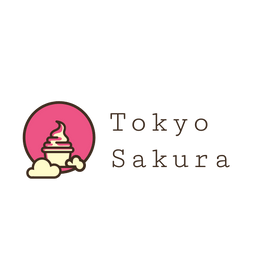






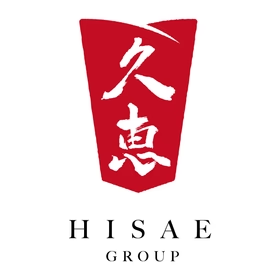
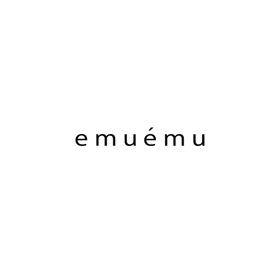



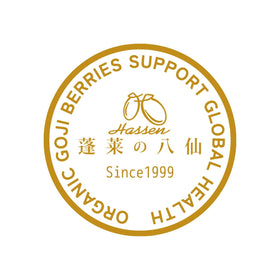
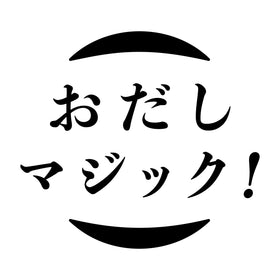
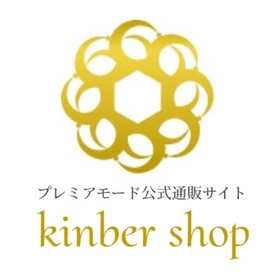
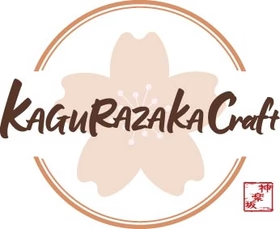
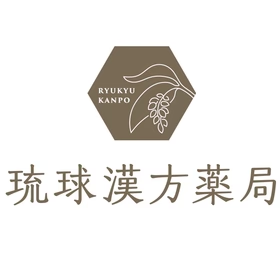
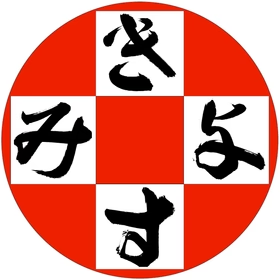


Our News
View allShowroom Stores
AEON MALL Mean Chey
# Hun Sen Blvd., Phum Prek Talong 3, Sangkat Chak Angre Krom, Khan Mean Chey, Phnom Penh, Cambodia
Takashimaya Singapore (JTB)
91 Orchard Road, Takashimaya Shopping Center Ngee Ann City #03-11C, Singapore 238872
ABOUT j-Grab Mall
~Japan cross-border global marketplace~
j-Grab Mall is a worldwide online global marketplace operated to bring the best of Japanese products and services to customers around the world.
We feature Japanese snacks, food, ramen, coffee, green tea, matcha, towel, kitchenware, traditional crafts, fashion, cosmetics, collectibles, and more from all over Japan, including Hokkaido, Tohoku, Kanto, Chubu, Kansai, Chugoku, Shikoku, Kyushu, and Okinawa.
j-Grab Mall offers low prices and free or reasonable shipping for the leading brands’ products from Japan.
All the products in j-Grab Mall are Duty-Free, the price is discounted by 10% for the consumption tax compared to the local price in Japan.
Order now and get it delivered to your doorsteps from Japan!
Whether you can’t visit Japan or you forgot to buy a souvenir in Japan, you can still enjoy shopping for Japanese products at home!
We hope that you can incorporate the best quality Japanese products into your daily life.
Please don’t miss out on more information about Japan in the j-Grab mall as well.

































